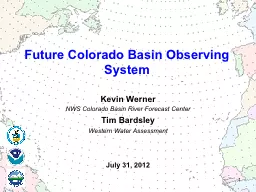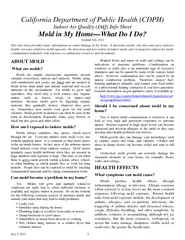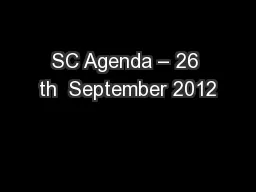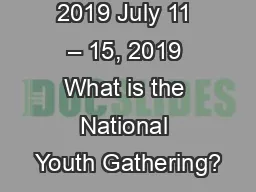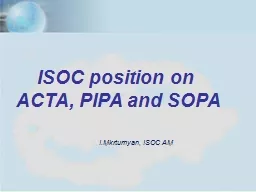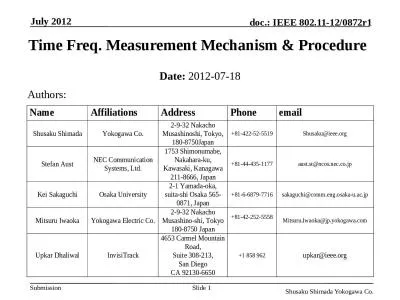PPT-July 31, 2012
Author : tawny-fly | Published Date : 2016-04-25
Kevin Werner NWS Colorado Basin River Forecast Center Tim Bardsley Western Water Assessment 1 Future Colorado Basin Observing System Outline Previous gaps analyses
Presentation Embed Code
Download Presentation
Download Presentation The PPT/PDF document "July 31, 2012" is the property of its rightful owner. Permission is granted to download and print the materials on this website for personal, non-commercial use only, and to display it on your personal computer provided you do not modify the materials and that you retain all copyright notices contained in the materials. By downloading content from our website, you accept the terms of this agreement.
July 31, 2012: Transcript
Download Rules Of Document
"July 31, 2012"The content belongs to its owner. You may download and print it for personal use, without modification, and keep all copyright notices. By downloading, you agree to these terms.
Related Documents

